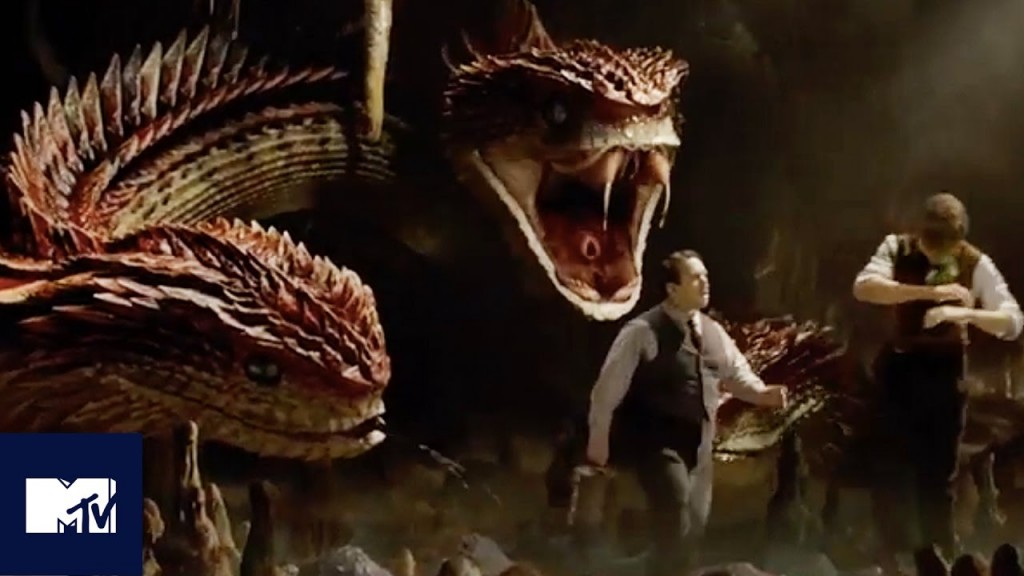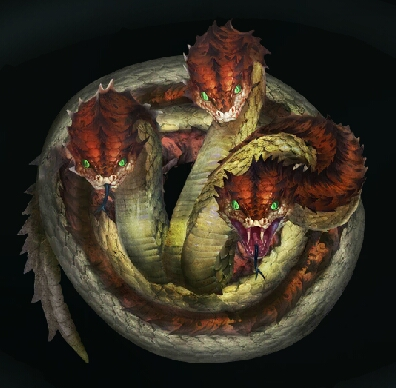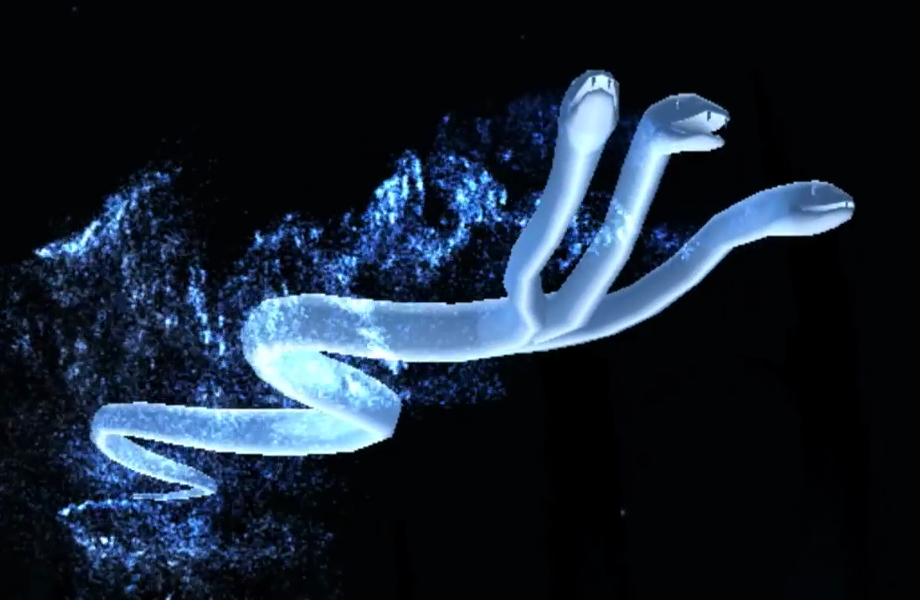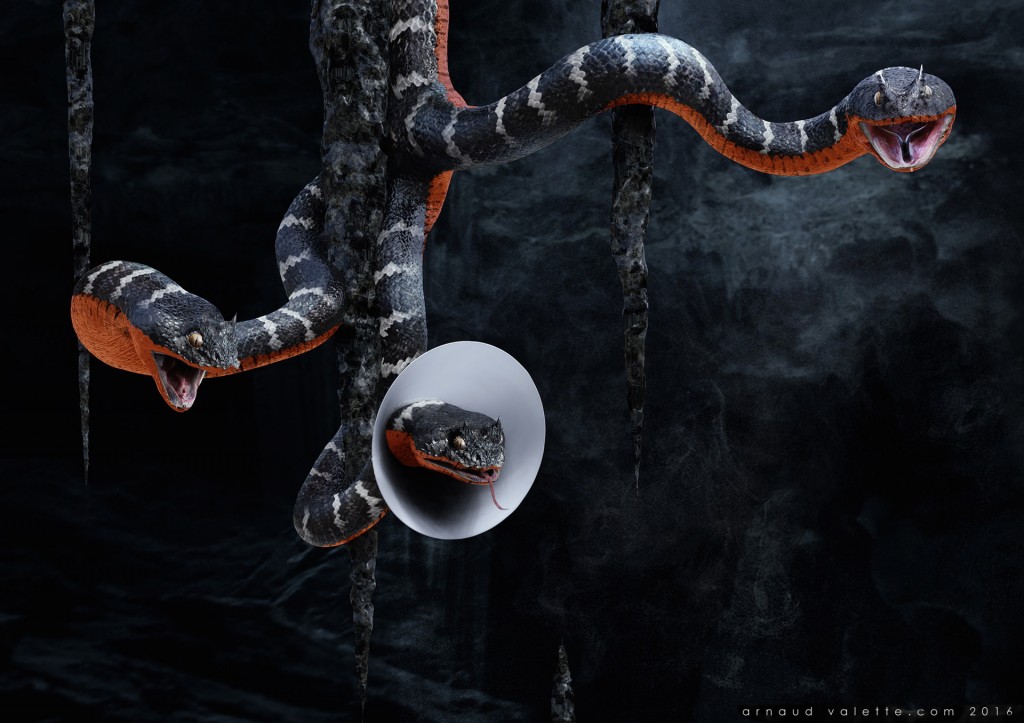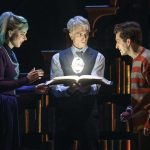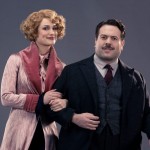New ‘Fantastic Beasts’ Deleted Scenes!
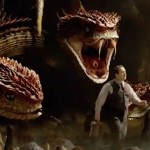
Mar 05, 2017
BigNews, Fantastic Beasts, Fantastic Beasts Movie, Film Images, Films, Films - Trailers, Home Video / DVD, Humor, News, Trailers, Video Galleries, Videos, Warner Bros.
Two deleted scenes from Fantastic Beasts have reared their heads – one revealing a new creature and another showing the gang tracking the Demiguise!
One may consider the Basilisk to be the King of Serpents, but looking at this new creature, it must be a damn good rival to say the least. Courtesy of MTV UK, a brand-new deleted clip from Fantastic Beasts and Where to Find Them has been released to the public, carrying with it an exclusive visual debut of a certain, multi-headed magical creature.
The clip itself was axed from the iconic scene where Newt Scamander gives the astounded No-Maj Jacob Kowalski a tour around his case, allowing the bumbling baker to catch a glimpse of what it feels like to be a part of the wizarding world. What we wouldn’t give to be Jacob at that time.
After flitting past Fwoopers and feeding Graphorns, the deleted section of the scene kicks off with Jacob and Newt entering a cave-like habitat of the magical case, where Newt explains to Jacob that his purpose for keeping all of his creatures is to protect them, rescue them and nurture them, in the hope that he can one day educate the wizarding world and stop wizards from culling the poor Beasts, who are merely seen as risks to the breaching of the International Statute of Secrecy.
While venturing deeper into the cave, the pair come across a species of serpentine creature hiding among the cave’s stalactites and stalagmites – a baby Runespoor and what is assumed to be its much larger mother.
In wizarding world lore, a Runespoor is a polycephalous species of snake native to the landlocked country of Burkina Faso, Africa. For centuries the beast has often been notorious for its usage in the Dark Arts, due to the numerous Dark Wizards who have been able to control them via Parseltongue. However, fluent Parselmouths have also been useful in researching the behaviour and nature of the Runespoor, due to their refined ability to communicate with the creatures directly.
One interesting fact found in writings from Parselmouths is that each of the Runespoor’s three heads serves a different purpose for the beast. The left head is known as ‘the planner’, it controls the motor functions of the beast and decides where to go and what to do next. The middle head of the Runespoor is known as ‘the dreamer’ and intriguingly gives the creature the ability to wield the power of imagination. Finally we come to the right head, which is known as ‘the critic’. The more hostile of the trio, the critic carries the defence mechanism of the Runespoor, sporting a sharp pair of highly venomous fangs should it be threatened. However despite this, the critic actually get its name from its constant distaste and criticism towards its fellow two heads, with it hissing at them irritably should they fail to complete their function. For this reason, the other two heads usually end up biting the critic off of the Runespoor’s body, leaving the creature defenceless and with a shorter lifespan, but free from the critic’s constant degradation.
More recently, the Runespoor gained recognition as one of the rare mythical Corporeal Patronus forms on Pottermore’s Patronus Quiz. Given the fact that the creature has now been exposed to have originally made an appearance in the movie, it may explain why J.K. Rowling wanted to include it in the quiz.
Slithering back to the clip, one of the interesting points we find is that one of the baby Runespoor’s heads is encased in a cone, similar to one that Muggles put on their dogs to stop them from biting a wound. The poor baby looks at Newt despairingly, but the Magizoologist retorts that it needs to stop biting the other heads before he can remove the cone.

Another interesting factor we come across lies with the momma Runsespoor herself, or more notably her sheer size. According to wizarding world lore, a Runespoor is reported to only grow to six to seven feet on average, a figure that seems redundant when you see the cave dwelling individual. When scaling its heads up with the size of Newt and Jacob, the beast could easily top around 50ft itself, lining it up with the likes of a Basilisk. What makes its size even more ironic and humourous is that Jacob fails to spot it hiding behind him (it even licks him for Merlin’s sake!)
Could this Runespoor’s abnormal giantism explain why it resides in Newt’s case? Could it have been too dangerous or too much of a target to have kept it out in the wild? We can but speculate, fellow Beasties!
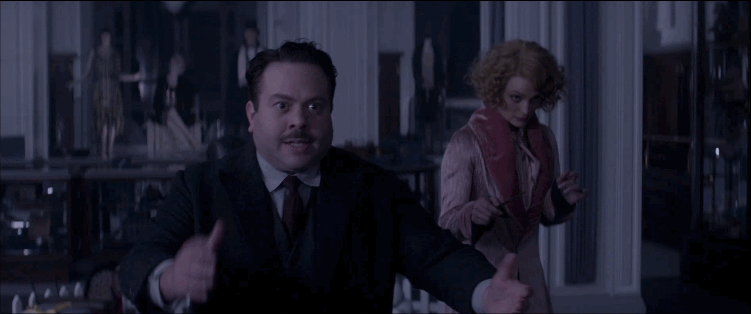
The second clip shows Tina, Queenie, Newt and Jacob trying to locate the Demiguise. Jacob catches the Demiguise, but – as you can imagine – that doesn’t turn out so well for him!
There are only 22 days left until Fantastic Beasts and Where to Find Them is released for Home Entertainment, but until then it seems that the deleted scenes certainly have us roaring in anticipation!
